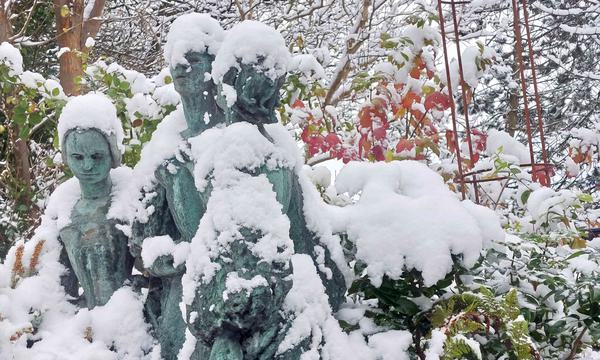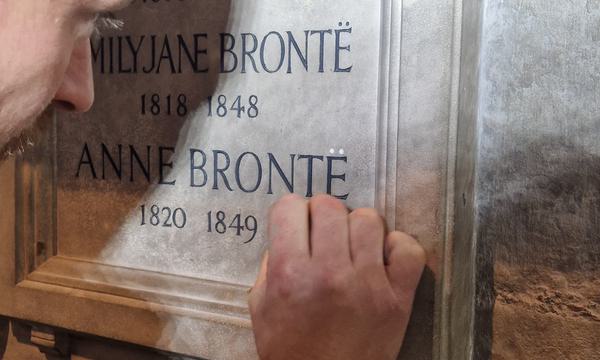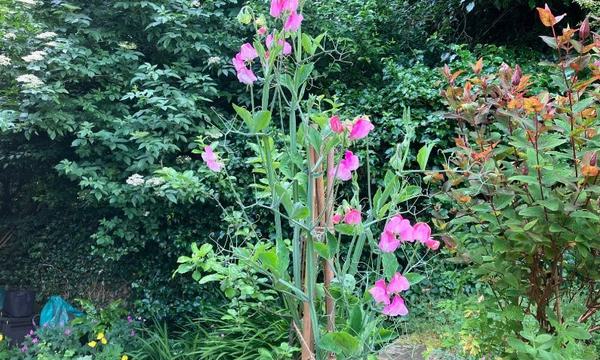News
About our news
Keep up with all the latest from the Museum...
List of News Articles

The Parsonage Garden Blog - Winter
20 December 2024For many a week and many a dayMy heart was weighed with sinking gloomWhen morning rose in mourning grey And faintly…Brontë Society appoints organisation's youngest ever Chair
24 October 2024The Brontë Society is delighted to announce the appointment of Lucy Powrie as its new Chair of the Board of…
Westminster Abbey Brontë memorial update
26 September 2024The Brontë memorial in Westminster Abbey has been amended to include the diaereses (dots) over the ‘e’ of the names of…
Call For Papers: Brontë Society Conference 2025
2 July 2024Call For PapersBrontë Society Conference 2025: ‘Under an African summer’s sun’ Re-mapping the Brontës: Place, Race and…
Summer 2024 in the Parsonage Garden
1 July 2024“It is not so buried in trees ... and it is not quite so large, but you can see the country beautifully all round; and…